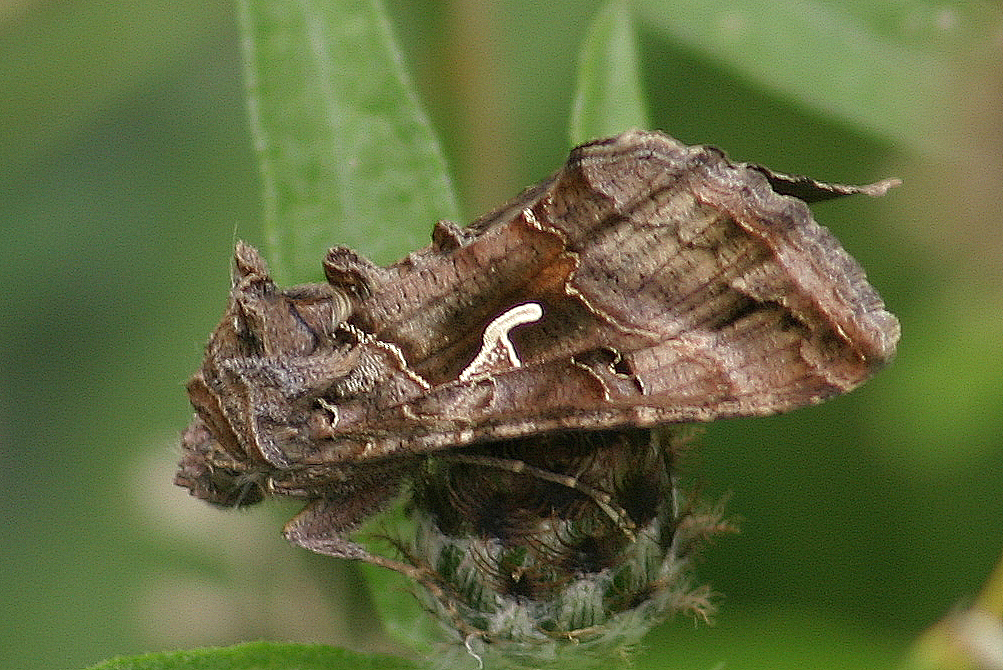
Don Reynolds, a scientist at the Natural Resources Institute (NRI), together with colleagues from Rothamsted Research, the UK Met Office and the Universities of Exeter, Oxford, York and Lund (Sweden), have published a paper in Proceedings of the National Academy of Sciences that reveals a fundamental shift in our understanding of insect migration to northern latitudes.
A long-held view (the 'Pied Piper' hypothesis) of the summer migration of insects, transported by warm winds from their low-latitude winter habitats to favourable breeding locations in temperate climes, was that this process led to a serious drop in population size because the progeny seldom managed to return to the south. Scientists believed that the less favourable conditions for the return journey in autumn led to the new generation being stranded in the north.
However, the present study, using long-term datasets from entomological radars and ground-based light traps, as well as population modelling, showed that seasonal migration of the Silver-Y moth (Autographa gamma) to high latitudes, actually confirmed major reproductive benefits.
The study shows that after a period of intense northward flight in the spring, when 10 - 240 million immigrant insects reach the United Kingdom, summer breeding leads consistently to a four-fold increase in the abundance of adults, most of which return southward in the autumn. Thus, the authors suggest that the moth's poleward movement not only results in population growth, but also contributes to its survival as a species by facilitating summer breeding.
Don Reynolds of NRI says: "The remarkable correspondence between radar and ground-level assessments of Silver-Y numbers enabled us to 'get a handle' on the overall populations of moths entering and leaving the UK each year. The results show that the moths' journeys from the Mediterranean basin every spring are highly worthwhile and adaptive, as autumn populations were larger than spring populations in every year, irrespective of whether there had been a mass invasion or not. Moreover, the ensuing southward movement in the autumn appears to enable the offspring to reach regions around the Mediterranean Basin suitable for winter breeding."
Read the abstract and full report here (fees may apply):
http://www.pnas.org/content/early/2012/08/22/1207255109

